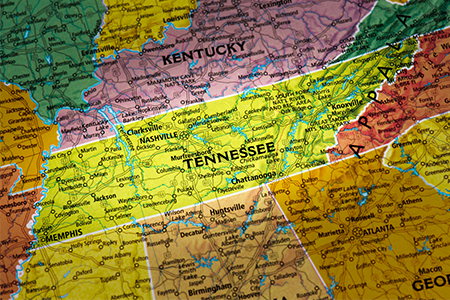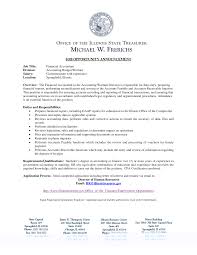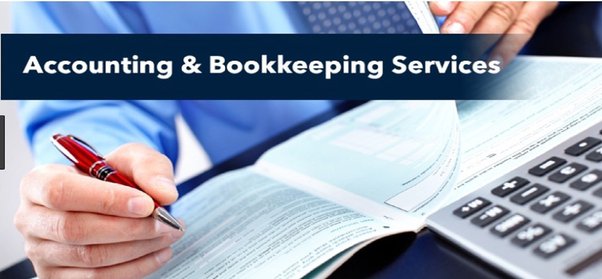
CPE credits are a requirement for the Minnesota CPA License. CPAs are required to complete at least 120 hours in continuing education every three year in order to meet these requirements. CPE hours can be obtained from either approved sponsors or group programs. They can also be done online. Non-approved sponsors are not permitted to take nano learning courses or self-study classes.
CPE credits are earned by programs that have been approved by the Minnesota Board of Accountancy. They must also meet certain standards regarding credit reporting and measurement. Programs must also be evaluated by a peer review conducted on the sponsor's CPA firm. The program must meet minimum standards in the areas of measurement, credit reporting, and presentation. The course must describe how it helped to improve the professional competence of the licensede. CPE must be completed within 30 days of expiration or the date of renewal. Minnesota CPAs are required to complete at least 20 hours worth of CPE annually and eight hours worth of ethics CPE once every three years. CPAs also need to receive 72 hours of CPE form approved sponsors. Nonsupervisory auditors that charge less than 40 hours per year are exempted from the 56-hour rule.

CPE credits must be reported by Minnesota CPAs each year to the Board by December 31. CPE reports can be sent electronically, by mail, or in person. CPE reports must be submitted in the same format. The transcript of the MNCPA will record CPE credits. Both members and non-members can access the transcript.
Nonresidents who wish to be exempt from Minnesota's CPE requirements for non-residents must apply by December 31. Nonresidents who meet the exemption requirements must report their CPE by December 31 of every year. A CPE exemption granted to a nonresident may also be granted for a short time. Nonresidents that do not meet exemption requirements must file their CPE through Online Renewal. If they meet the requirements, they must send the certificate of completion and accrued noncompliance fees to the Board office. If a licensee doesn't send the correct fee, the CPE noncompliance charge will continue to accrue.
The Minnesota Board of Accountancy gives assurances to the public that Minnesota CPAs are competent professionals. In addition to CPE, the Board requires CPAs to pass an Ethics Exam. A CPA who fails to pass the exam must be issued a certificate by the Board. CPAs need to be familiar with the rules and ethics of CPAs. The Board is available to answer any questions. The Board office can be found at 85 East Seventh Place, St. Paul (MN 55101).

Minnesota CPAs work 232,157 Hours each year in CPE. The Board has the final authority for accepting individual courses for CPE credit. Once a course has been approved, it will remain available for members and nonmembers until two weeks after the event. Each year, the course is updated. The course covers both current ethical issues within the accounting profession and Minnesota Statutes. It also covers AICPA Code of Professional Conduct.
FAQ
What is an accountant and why are they so important?
An accountant keeps track and records all the money you spend and earn. They also record how much tax you pay and what deductions are allowable.
An accountant is a person who helps you keep track of your incomes.
They assist in the preparation of financial reports for both individuals and businesses.
Accounting professionals are required because they need to be able to understand all aspects of the numbers.
Additionally, accountants assist with tax filing and make sure that taxpayers pay the least amount of tax.
What is the best way to keep books?
To start keeping books, you will need some things. These items include a notebook and pencils, calculator, staplers, envelopes, stamps and a filing drawer or desk drawer.
What type of training is required to become a Bookkeeper?
Basic math skills such as addition and subtraction, multiplication or division, fractions/percentages, simple algebra, and multiplication are essential for bookkeepers.
They must also be able to use a computer.
The majority of bookkeepers have a high-school diploma. Some even have college degrees.
What does it mean to reconcile accounts?
The process of reconciliation involves comparing two sets. The "source" set is known as the "reconciliation," while the other is the "reconciled".
The source is made up of actual figures. The reconciliation represents the figure that should actually be used.
If someone owes $100 but you receive only $50, this would be reconciled by subtracting $50 from $100.
This process ensures that there aren't any errors in the accounting system.
Statistics
- According to the BLS, accounting and auditing professionals reported a 2020 median annual salary of $73,560, which is nearly double that of the national average earnings for all workers.1 (rasmussen.edu)
- Employment of accountants and auditors is projected to grow four percent through 2029, according to the BLS—a rate of growth that is about average for all occupations nationwide.1 (rasmussen.edu)
- BooksTime makes sure your numbers are 100% accurate (bookstime.com)
- In fact, a TD Bank survey polled over 500 U.S. small business owners discovered that bookkeeping is their most hated, with the next most hated task falling a whopping 24% behind. (kpmgspark.com)
- a little over 40% of accountants have earned a bachelor's degree. (yourfreecareertest.com)
External Links
How To
How to do bookkeeping
There are many kinds of accounting software. While some are free and others cost money, most accounting software offers basic features like invoicing, billing inventory management, payroll processing and point-of-sale. The following list provides a brief description of some of the most common types of accounting packages.
Free Accounting Software: Most accounting software is free and available for personal use. While it might not be as functional as you would like (e.g. you cannot create reports), the software is usually very simple to use. Many programs are free and allow you to save data to Excel spreadsheets. This is useful if you need to analyze your own business numbers.
Paid accounting software: Paid accounts can be used by businesses with multiple employees. These accounts are powerful and can be used to track sales and expenses and generate reports. Although most paid programs require a minimum of one year to subscribe, there are many companies that offer subscriptions for as little as six months.
Cloud Accounting Software: Cloud accounting software allows you to access your files anywhere online, using mobile devices such as smartphones and tablets. This program is becoming increasingly popular due to its ability to save space on your computer hard drives, reduce clutter, and make remote work easier. You don't even have to install any extra software. All that is required to access cloud storage services is an Internet connection.
Desktop Accounting Software: Desktop Accounting Software works on your computer, just like cloud accounting. Desktop software works in the same way as cloud software. It allows you to access files from any location, including via mobile devices. The only difference is that you will have to install the software first before you can access it.
Mobile Accounting Software: Mobile accounting software is specifically designed to run on small devices like smartphones and tablets. These programs make it easy to manage your finances wherever you are. They have fewer functions that full-fledged desktop apps, but they're still extremely useful for people who travel often or run errands.
Online Accounting Software: This software is primarily designed for small businesses. It includes everything that a traditional desktop package does plus a few extra bells and whistles. Online software does not need to be installed. Just log in and you can start using it. You'll also save money by not having to pay for local office costs.